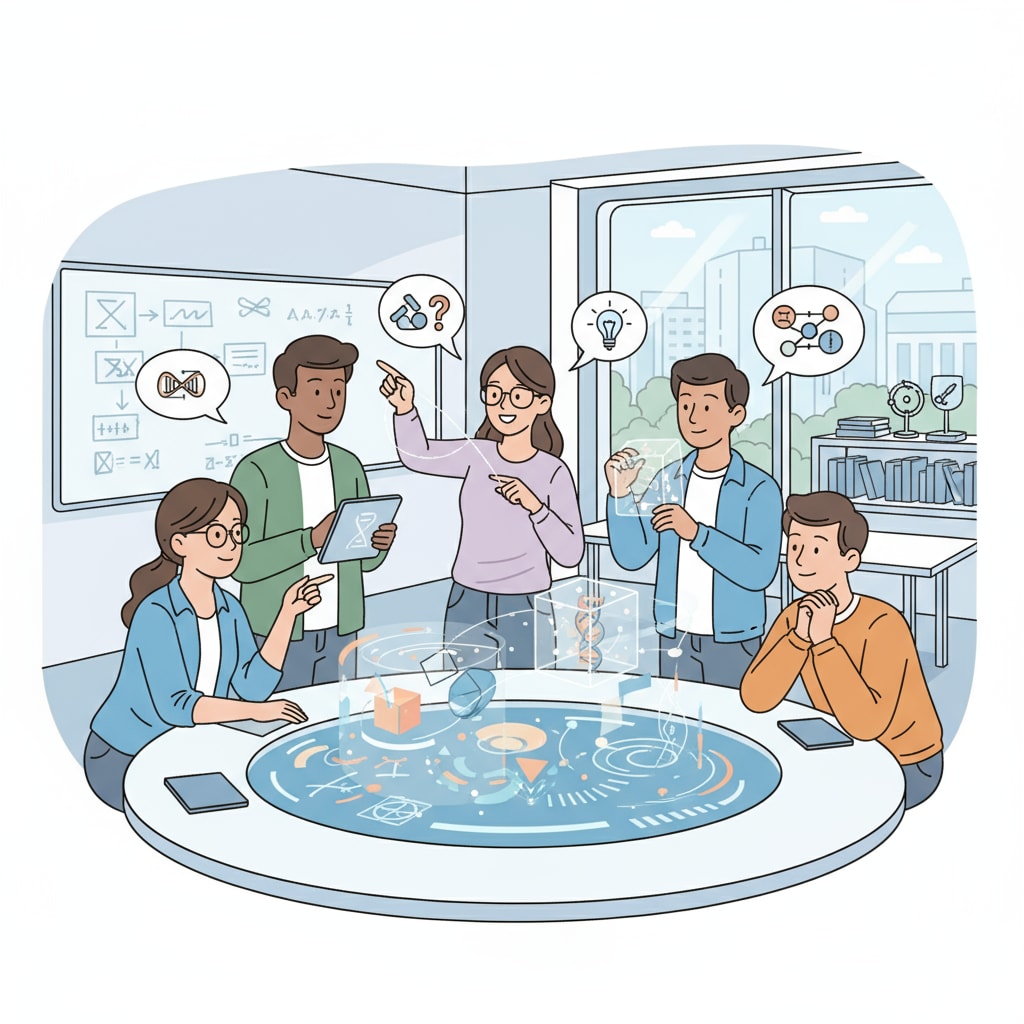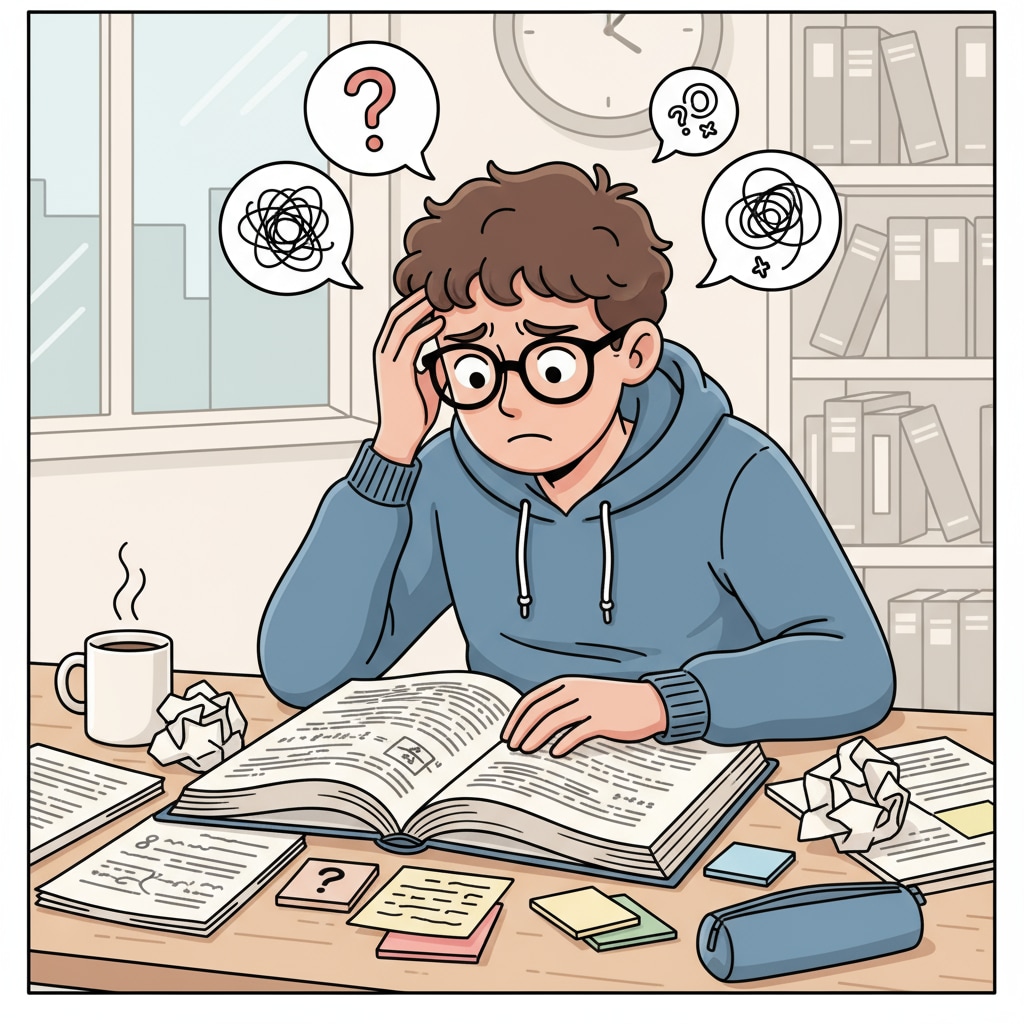Theoretical learning can be a significant challenge for students with attention deficit and those who thrive in hands-on learning environments. However, there’s a new approach that can turn the tables.

This innovative method follows a reverse learning path, going from problems to theories, which can greatly enhance the learning experience.
Understanding the Challenges
Students with attention deficit often struggle to stay focused during traditional theoretical lessons. The abstract nature of theoretical knowledge makes it difficult for them to engage. Similarly, hands-on learners find it hard to connect with theoretical concepts that lack practical application. For example, in a history class, memorizing dates and events without any real context can be a daunting task for these students. Learn more about attention deficit from APA

The Reverse Learning Path
The key to this new method is starting with real-world problems or practical scenarios. By presenting a problem first, students are immediately engaged as they try to find solutions. This hands-on approach aligns with the learning style of those who learn best through doing. Once they’ve grappled with the problem, introducing the relevant theory provides context and understanding. For instance, in a physics class, demonstrating a problem like why a ball behaves a certain way when thrown can lead to a more in-depth understanding of the underlying physical laws. Explore learning theories on Britannica
Another advantage of this reverse approach is that it helps students with attention deficit stay focused. The initial problem-solving phase is more stimulating and keeps their minds actively engaged. As they progress to understanding the theory, they already have a foundation of practical experience to build upon.
Readability guidance: Keep paragraphs short and to the point. Use lists where possible to present information clearly. For example, in the above sections, we’ve used simple explanations and provided examples to make the content accessible. Use transition words like ‘however’, ‘for example’, and ‘similarly’ to improve the flow.


